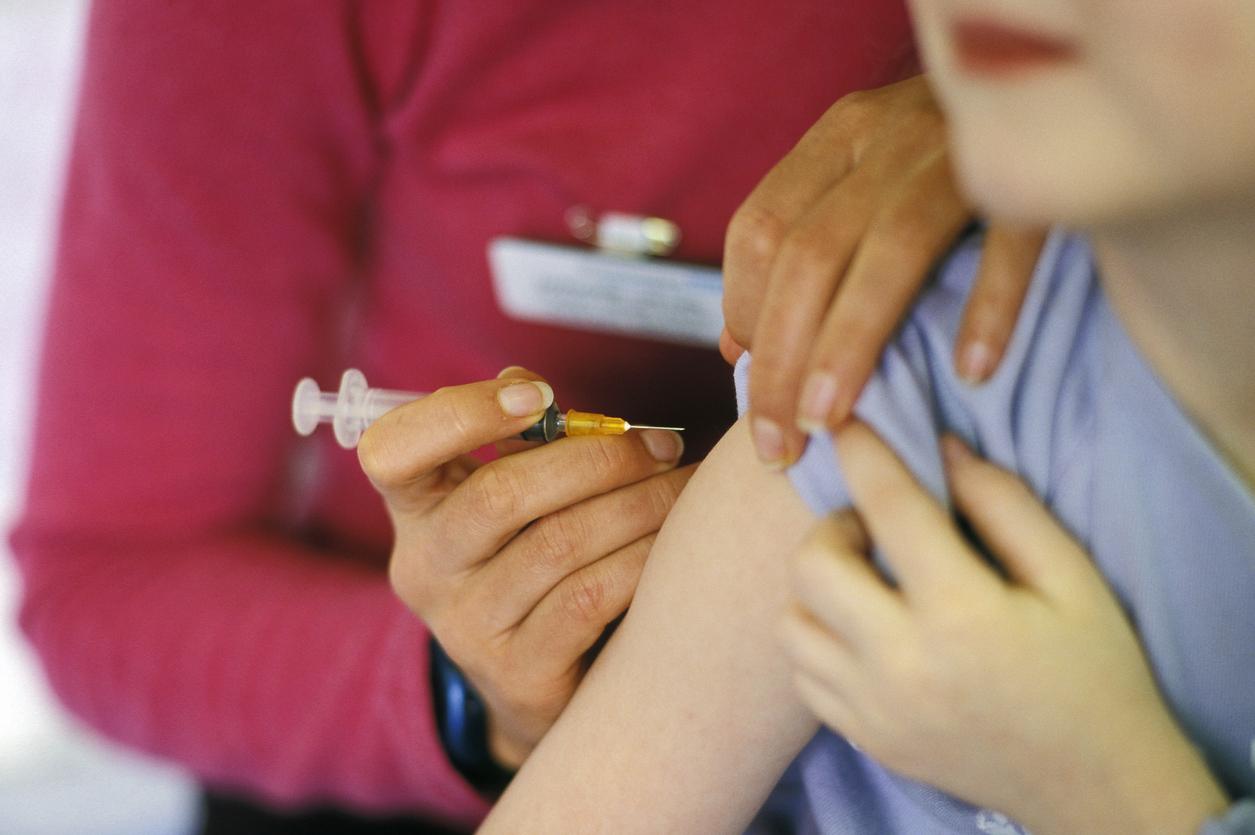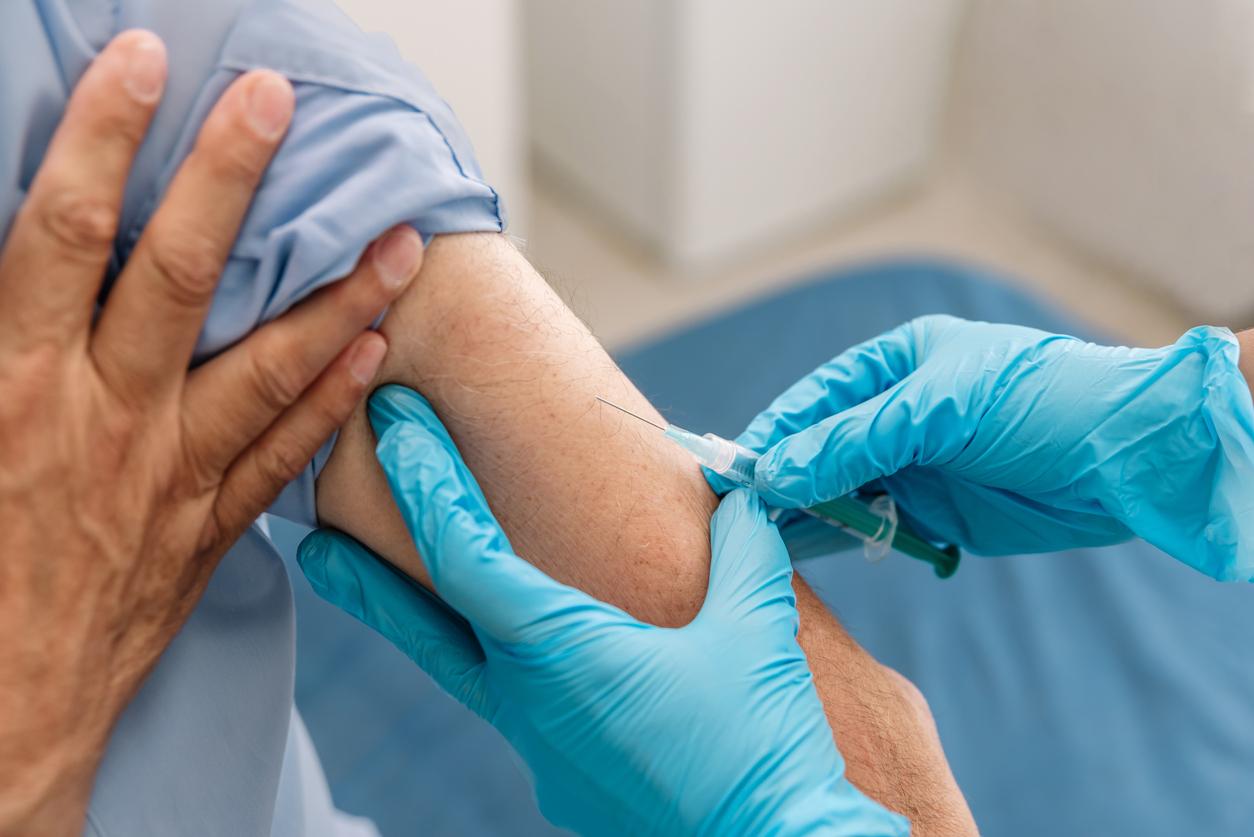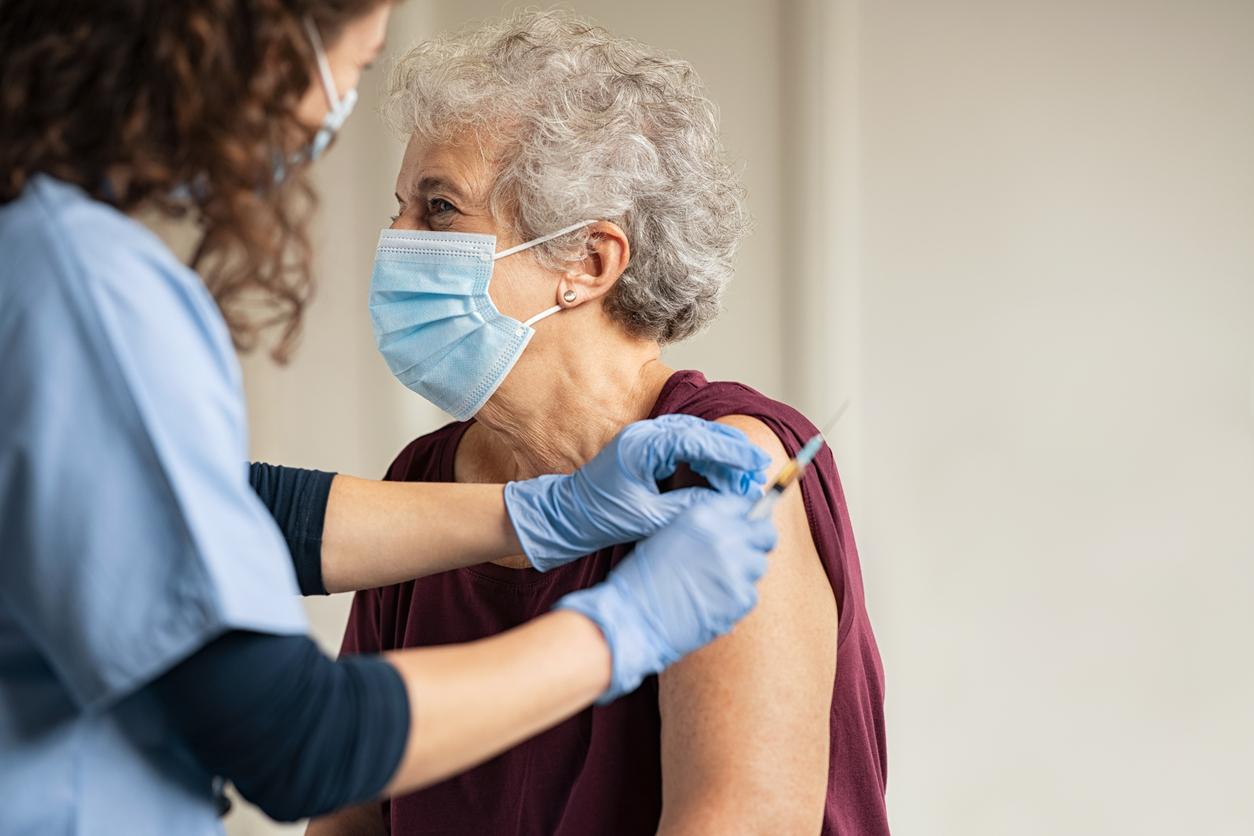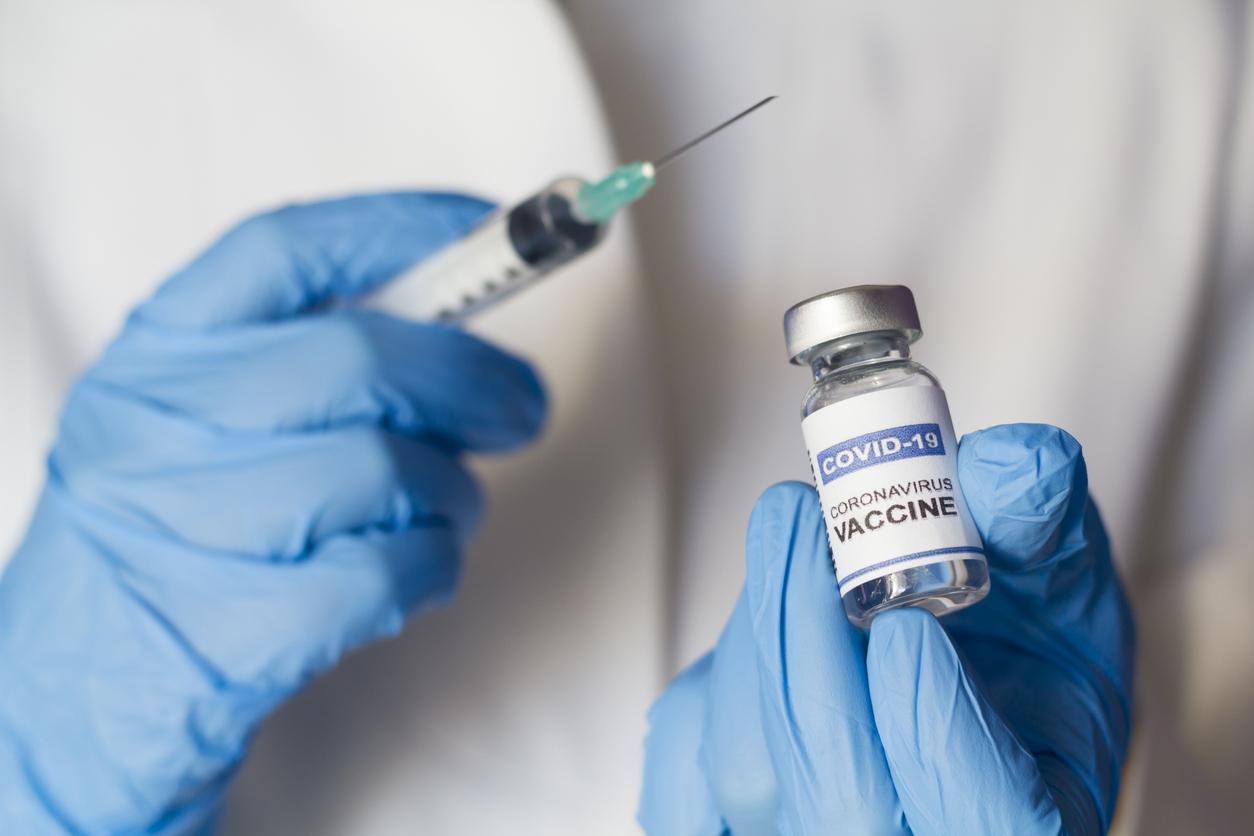The results of a study on the transmission of measles in China could allow us to control the epidemic on a global scale.

Eliminate measles globally. This is the hope given by a study on the transmission of the disease in China, according to its own authors, researchers from Columbia University Mailman School of Public Health (United States). The results of their work are published in the journal PLOS. Measles remains the leading cause of death among children worldwide. Its elimination is particularly difficult in China, where the disease is endemic.
Measles outbreaks every year
“While since 2008, China has announced a vaccination coverage of more than 95% set by the World Health Organization for the elimination of measles, the disease continues to cause large epidemics every year for reasons that remain undetermined. “, says Wan Yang, lead author of the study. The study researchers analyzed epidemiological and demographic data from three key sites in China: Beijing, Guangzhou and Shandong province, between 1951 and 2004. For this, they created their own study system, which takes into account including complex and changing demographics of population, age, mass vaccination.
Attractive cities, nests for disease
According to Yang, major Chinese cities that attract migrants are partly responsible for the endemic transmission of measles. Thus in 2010, 36% of the population of Beijing was made up of migrants from the provinces, including 8.5% from Shandong, a region with moderate economic development. “Due to uneven economic development, more than one hundred million workers in China are currently migrating to major cities.
This essential difference indicates a possible persistent transmission of measles in large cities, due to the massive population of migrant workers in China”, explains the main author of the study. Thus, migrants would still be a population today. Wan Yang believes that catch-up vaccination of these populations would be a good way to control the epidemic in major cities. Indoors in cold weather can increase the risk of infection.

.
















